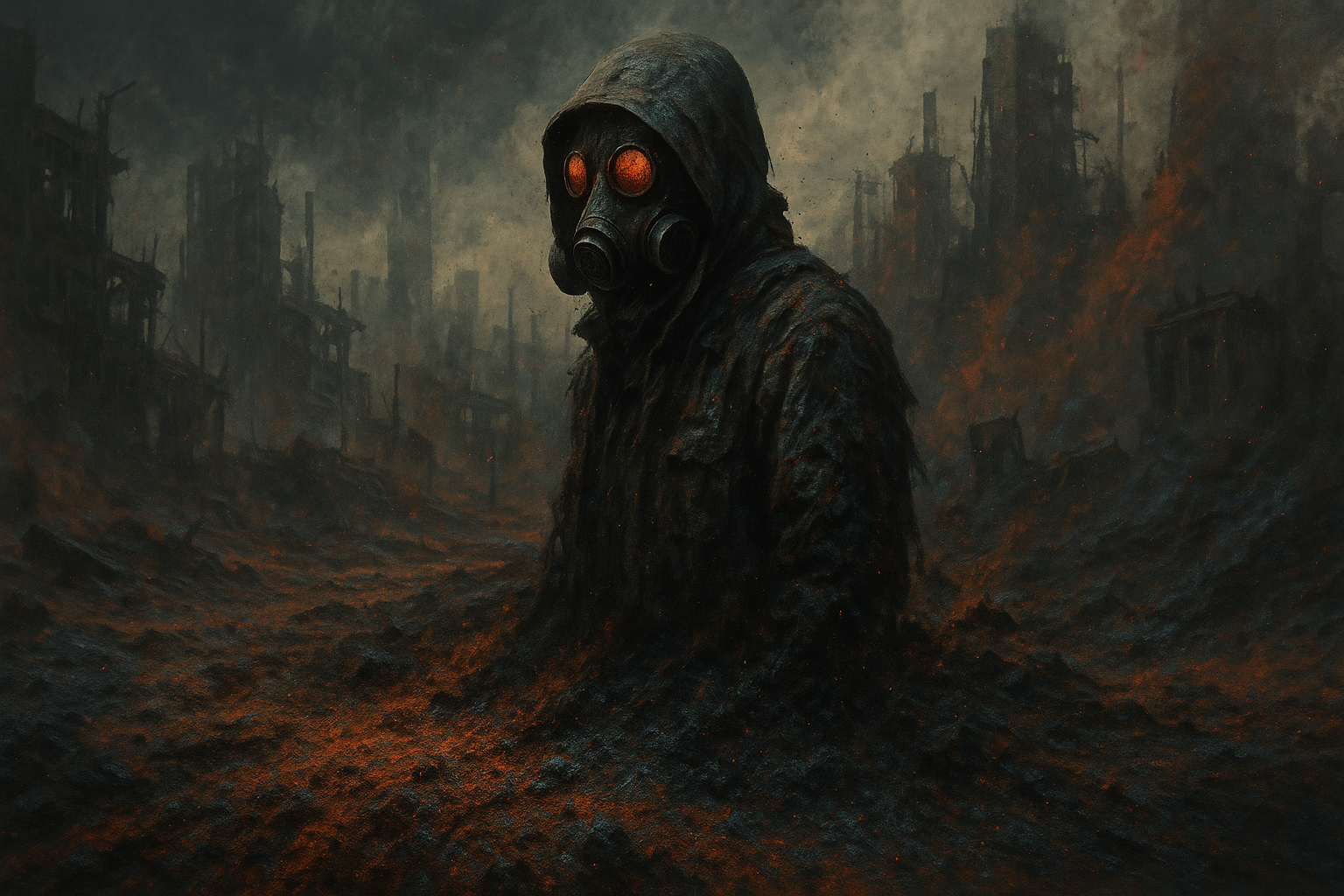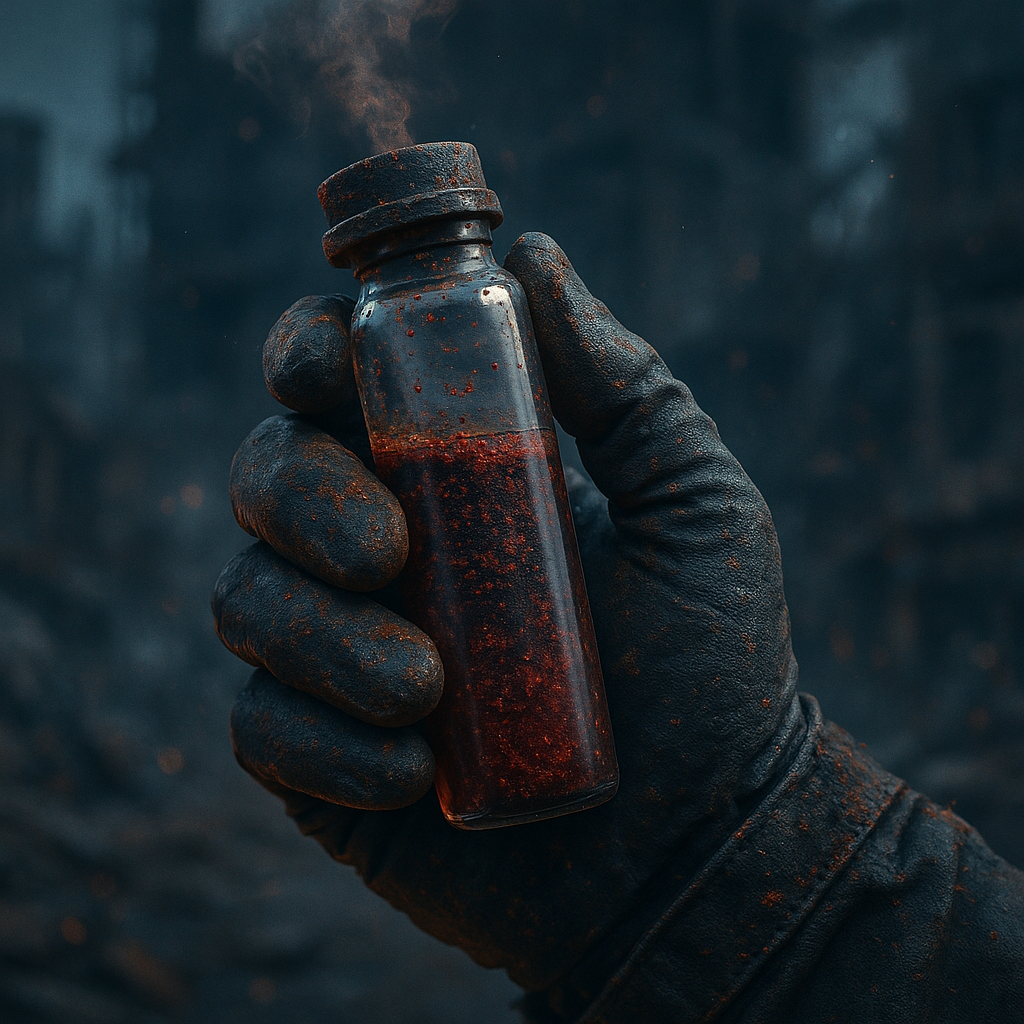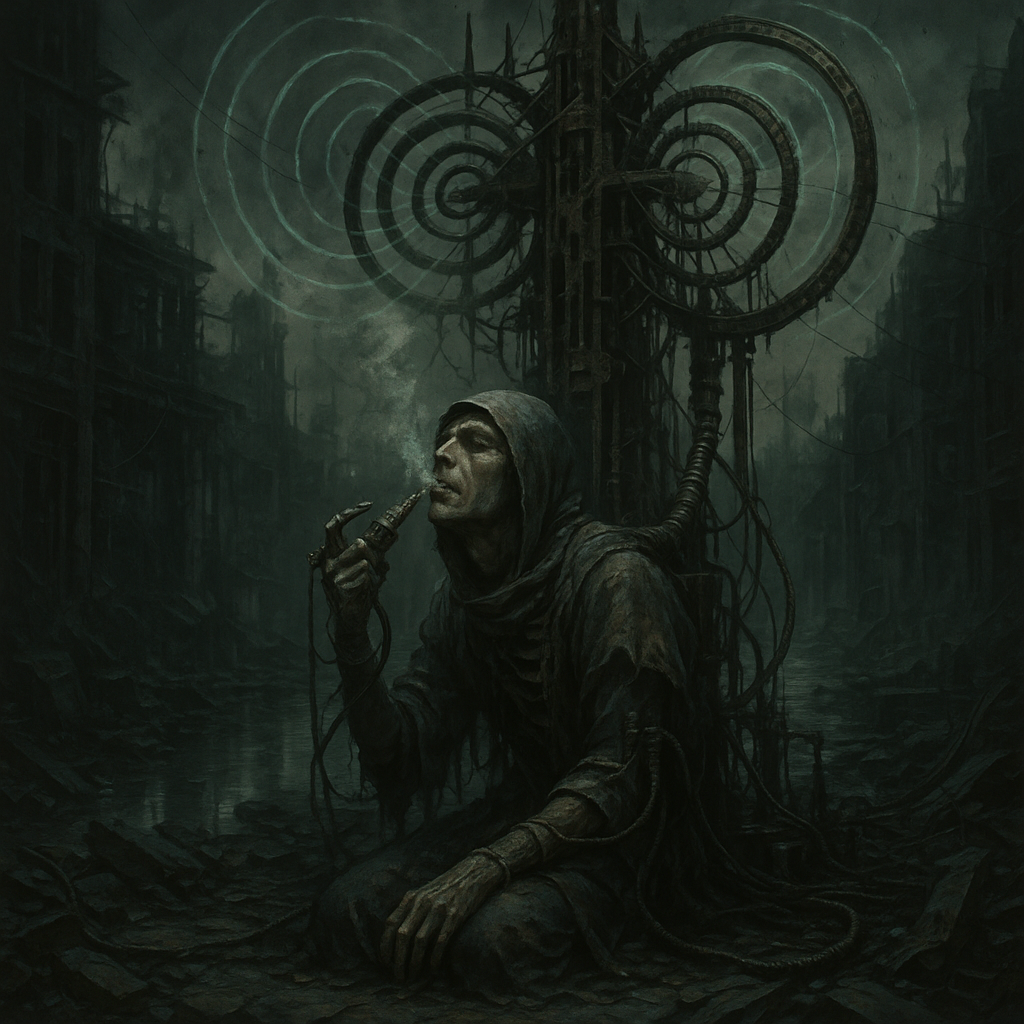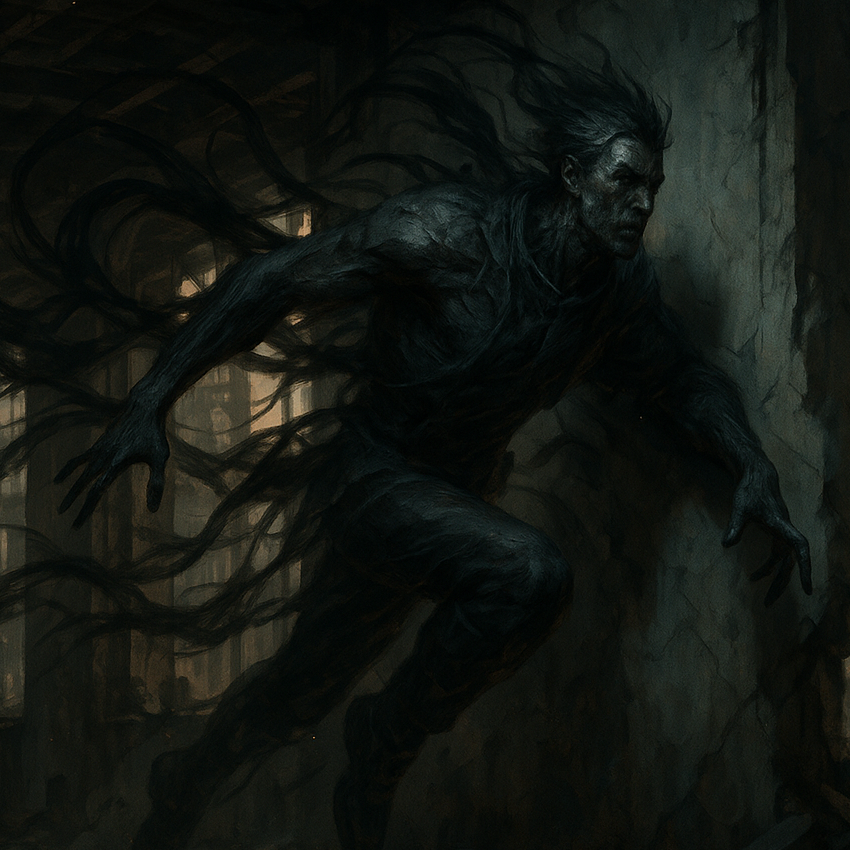Ferrous Ash
The particulate corpse of failed miracles—a residue born from the collapse of combat nanites in the Drowned Trenches beneath the Ruins of Albany. Though once dismissed as toxic waste, it has since become the subject of obsession and speculation. Traders from Defiance barter with Wake Chemists for its filtered dust, said to whisper to those who inhale it. Veinwalker aspirants seek it not for its poison, but for its potential—claiming that, in the right electromagnetic resonance and within the bones of old-world infrastructure, it reveals the city’s memory and awakens latent phasewalk ability. Dangerous, volatile, and never quite inert, Ferrous Ash is not merely a substance; it is a lingering question, still waiting to be answered by those foolish or desperate enough to breathe it.
| Form | Description | Value (Camp Hope currency) |
|---|---|---|
| Raw ferrous ash | Unrefined, hazardous residue | 5–20 $ per pound |
| Poison-crafter’s extract | Filtered and ground for toxin synthesis | 80–150 $ per vial (black market) |
| Ritual “witchdirt” | Used in minor curses or spiritual poisons | 100–300 $ depending on demand |
It stains like blood, settles like rust, and never quite stays where you left it.







Comments